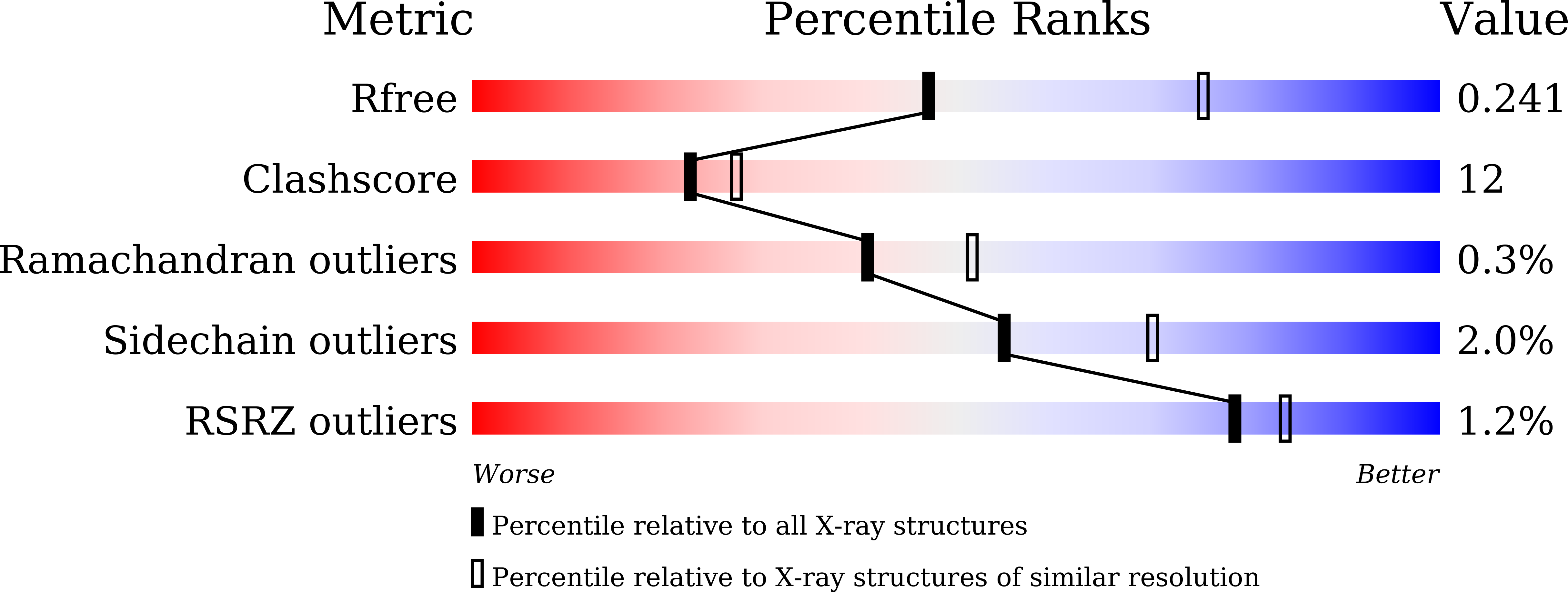
Deposition Date
2021-09-23
Release Date
2022-04-13
Last Version Date
2023-11-29
Entry Detail
PDB ID:
7VHV
Keywords:
Title:
Crystal structure of S. aureus D-alanine alanyl carrier protein ligase
Biological Source:
Source Organism:
Staphylococcus aureus subsp. aureus Mu50 (Taxon ID: 158878)
Host Organism:
Method Details:
Experimental Method:
Resolution:
2.55 Å
R-Value Free:
0.23
R-Value Work:
0.18
R-Value Observed:
0.19
Space Group:
P 1 21 1


